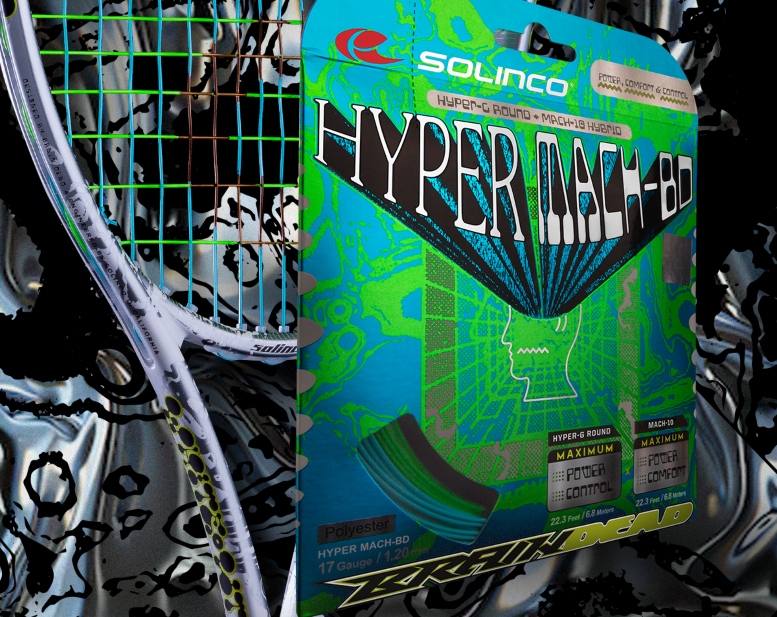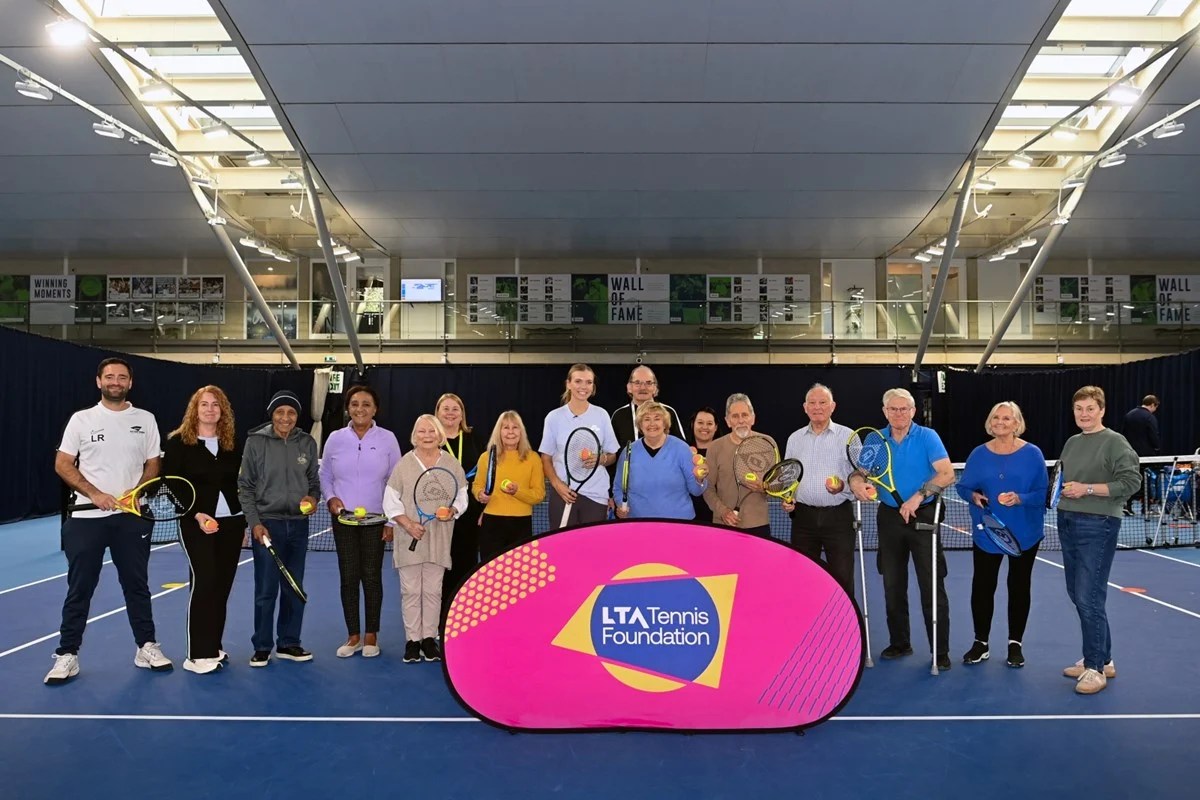[ad_1]

Harlem celebrates its tennis haven.
The Harlem Junior Tennis & Education Program raised nearly $1 million at its 52nd Annual Gala on May 13 at the Ziegfeld Ballroom in New York City.
HJTEP develops champions in tennis education and wellness, bringing tennis to youth from high-risk, low-income inner-city neighborhoods and offers opportunities for self-development, emphasizing education and a positive code of behavior.
The Harlem Tennis Center has been a valuable community resource, shaping kids’ lives, for more than a half-century.
Two Harlem residents and tennis players, Bill Brown and Claude Cargill, founded HJTEP in 1972 at the local 369th Regiment Armory on 143rd Street.
Yonkers native Bill Brown was an accomplished player who played doubles as an amateur at the Forest Hills and the U.S. National Championships, which would eventually become the US Open.
Brown and Cargill, who was one of the first African-American police officers in New York City, understood that few kids in the Harlem community had exposure to the mostly white-dominated sport. They saw tennis as a means for betterment and a powerful character-builder that instills polite behavior and considerations of others.
The pair also knew that African-American tennis greats Arthur Ashe and Althea Gibson, who had played at the Armory, would make great role models for young players.
Bill Brown believed tennis could transform young players and provide kids with a positive activity.
Years before Nike taped its ground-breaking street tennis commercial where stars Andre Agassi and Pete Sampras set up a make-shift court on a Manhattan street and rallied, Bill Brown brought tennis to the streets of Harlem.
“Tennis can open up [kids’] lives,” Bill Brown told The New York Daily News in an interview. “Put a net across the street and get kids in the game. That will take back the street.”
Bill Brown and Claude Cargill gave tennis lessons and funded the fledgling HJTEP, former Knicks player Earl (“the Pearl”) Monroe helped them attract outside funds. Monroe and Bill Holloway, another tennis instructor, teamed with Mutual of New York (MONY) Financial Services to sponsor an annual invitational tournament to benefit the program. Earl the Pearl Monroe was an avid tennis player, who frequently played at the 143rd Street Armory (Monroe was a serve-and-volleyer) before multiple knee surgeries forced him to step back from playing.
But Cargill’s and Brown’s ambitions for their young players went much further than the sport. In 1979, they launched a Homework Club to provide tutoring and academic counseling. Their early emphasis on education has only grown in recent years.
These days, the not-for-profit organization opens a new door for many inner-city boys and girls, ages 6-18, to learn the game of tennis. Since 1972 the numbers speak to its success with a 95% high school graduation rate, a 3.1 GPA, and 80% of graduates attending college.
That’s proof that the foundation laid by Bill Brown and Claude Cargill remains strong in Harlem.
[ad_2]



